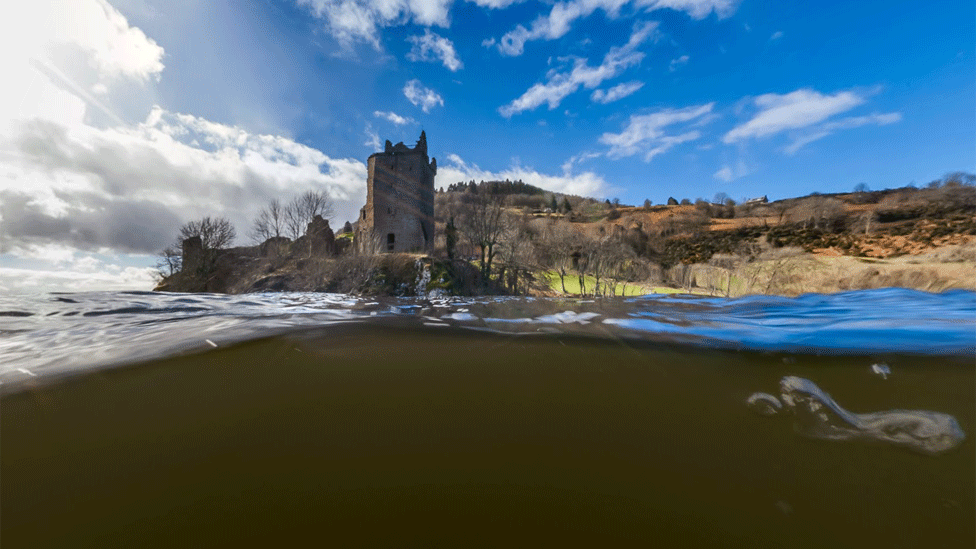Loch Ness falls to lowest water level in five years
- Published
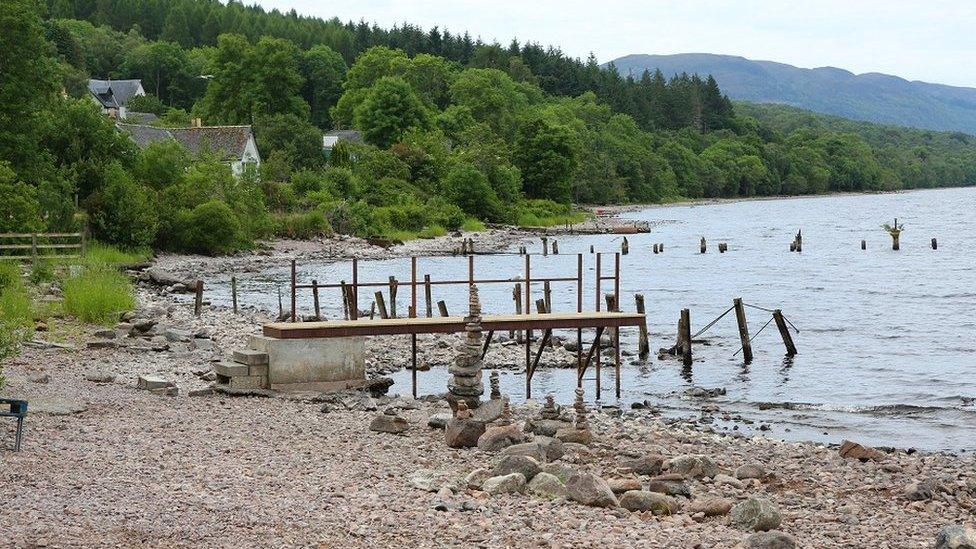
Loch Ness is at its lowest level since 2016, according to Sepa data
Loch Ness has dropped to its lowest level in five years, according to the Scottish Environment Protection Agency (Sepa).
Sepa said drier than usual conditions in recent months were likely to be a "significant contributing factor" for the drop.
Loch Ness is Scotland's largest freshwater loch by volume.
It can hold more water - 7,452 million cubic metres - than all English and Welsh lakes together, external.
Sepa said its data showed the water level was at its lowest since the current loch level monitoring station began operating in 2016.
The agency said lower levels had been recorded at the previous station in 1998, 1999, 2000 and 2010.
The recent dry conditions - coupled with increased visitor numbers due to the school holidays - has also led Scottish Water to issue advice on how to conserve supplies in Moray, Skye and the Western Isles.
A Sepa spokesman said: "The western extent of the Ness catchment has seen drier than usual conditions in recent months, though the river levels Sepa monitor in the catchment have not been notably low.
"It's likely that the dry weather is a significant contributing factor to low water levels in Loch Ness."

The level of the River Ness, which flows from Loch ness, has been described as exceptionally low
The loch is more than 20 miles long (32km) and almost two miles wide (3km) at its widest point.
The official maximum depth is more than 228.6m (750ft), though a tour boat skipper in 2016 said his sonar equipment had recorded a new deepest point of 270.9m (889ft).
The loch is part of the Ness system, a wide network of burns, rivers and lochs.
Ness Fishery Board said the River Ness, which flows from the northern end of Loch Ness to the sea at Inverness, was "exceptionally low" and the conditions posed a potential risk to salmon and trout.
Temperature rises in shallower water, affecting oxygen levels and causing distress to fish.
The fishery board said the conditions could encourage growth of a potentially harmful fungus on fish.
It said the cold waters flowing from Loch Ness appeared to have kept the fungus at bay so far.
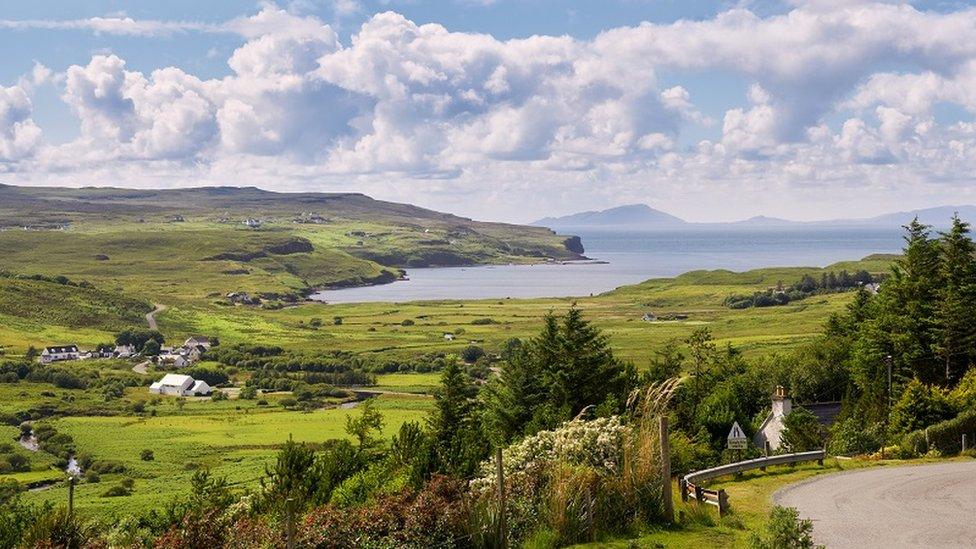
Scottish Water said water tankers were supplementing water supplies in part of Skye
Scottish Water has advised residents and visitors to Moray, Skye and the Western Isles to help protect water supplies by taking shorter showers, turning taps off when brushing teeth and using washing machines and dishwashers only when fully loaded.
It said popular tourist areas had seen an increase in water usage, while river levels in some of these areas - such as on the Spey in Moray - were low.
Scottish Water said reservoir levels for Stornoway, West Lewis and Tolsta water treatment works, all on the Isle of Lewis, had dropped in recent weeks.
Demand for water was high across Skye and Lochalsh, and Scottish Water's water-filled road tankers were supplementing supplies in some areas at peak times - including in rural communities such as Glendale and Arnisdale where it said there was an 10% increase in normal demand for this time of year.
- Published25 January 2021

- Published27 April 2020
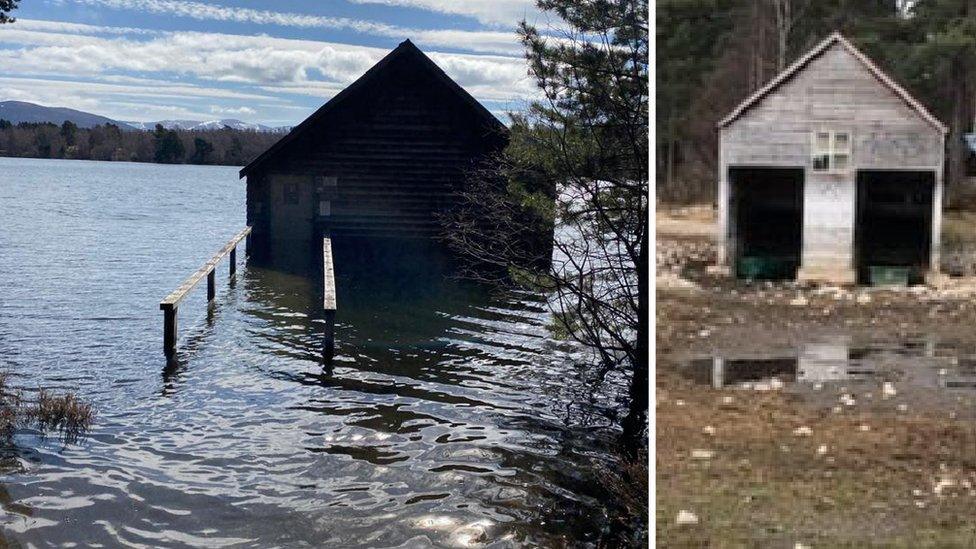
- Published5 September 2019
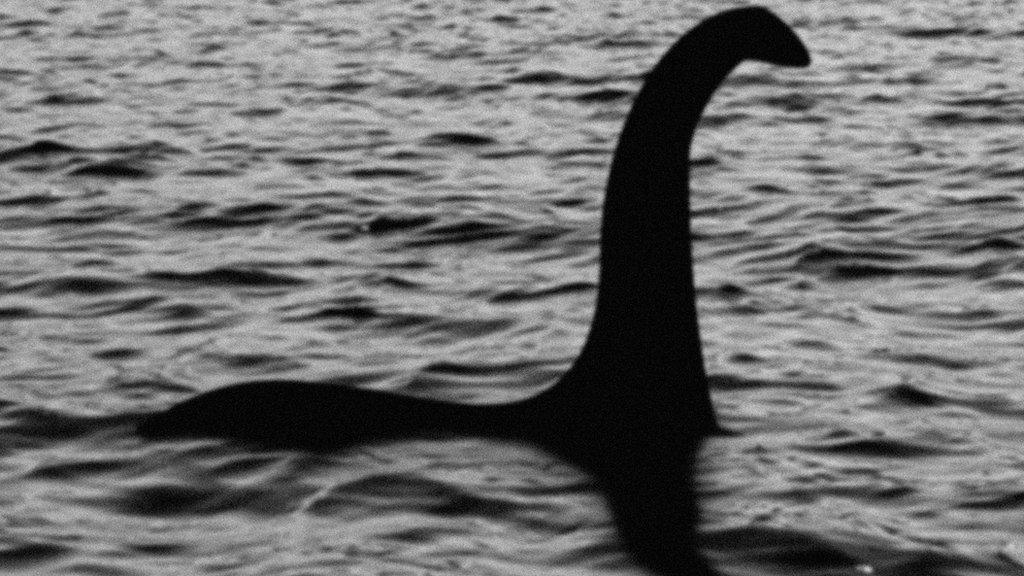
- Published20 January 2016
